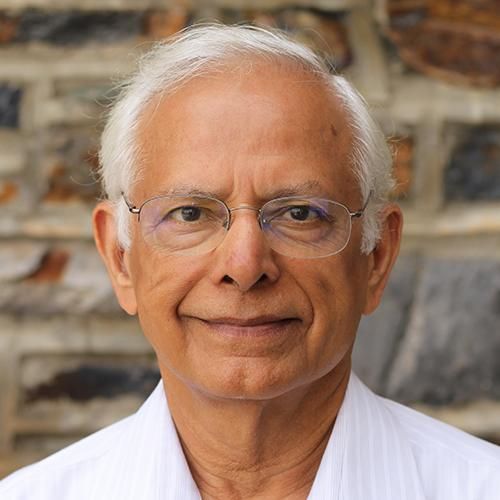Two-level rejuvenation for android smartphones and its optimization
The Android operating system (OS) is a sophisticated man-made system and is the dominant OS in the current smartphone market. Due to the accumulation of errors in the system internal state and the incremental consumption of resources, such as the Dalvik heap memory of software applications and the physical memory, software aging is observed frequently and recognized as a chronic problem of Android smartphones. To mitigate this problem, we propose a two-level software rejuvenation, with the two levels referring to software applications and the OS, in this paper. Based on this strategy, a Markov regenerative process model is constructed to evaluate the steady-state availability and to optimize the time required to trigger rejuvenation for Android smartphones. The parameters of the model, such as the degradation rate and failure rate of software applications and the Android OS, are obtained via our testing platform. Experiments on two real Android applications show that the availability of an Android smartphone increases by 10.81% and 10.18% for the two subjects in our experiments, respectively. An empirical study comparing our two-level strategy with one-level strategies (single application-level and system-level rejuvenation) further verifies the effectiveness of our approach.
Duke Scholars
Published In
DOI
ISSN
Publication Date
Volume
Issue
Start / End Page
Related Subject Headings
- Operations Research
- 4612 Software engineering
- 4010 Engineering practice and education
- 0906 Electrical and Electronic Engineering
- 0803 Computer Software
Citation
Published In
DOI
ISSN
Publication Date
Volume
Issue
Start / End Page
Related Subject Headings
- Operations Research
- 4612 Software engineering
- 4010 Engineering practice and education
- 0906 Electrical and Electronic Engineering
- 0803 Computer Software

